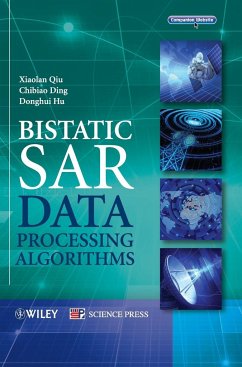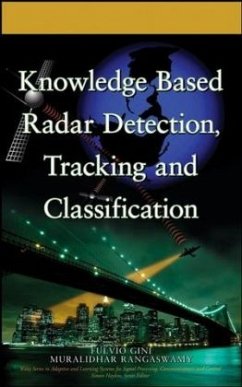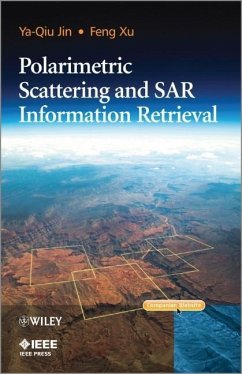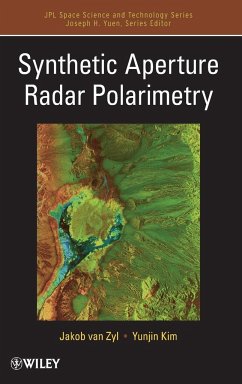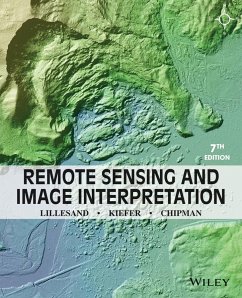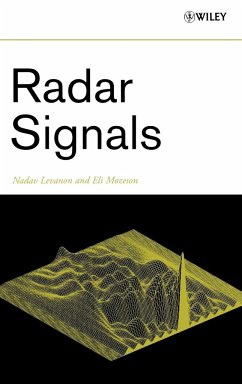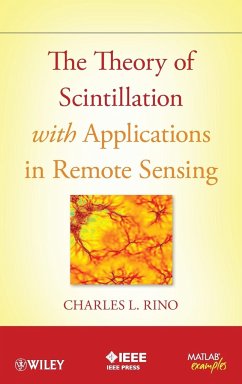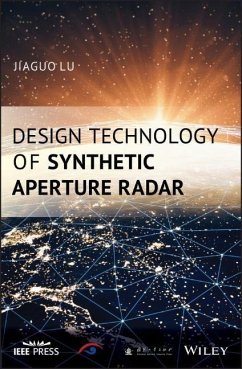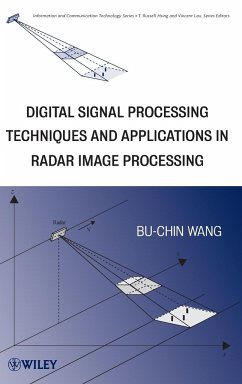
Bistatic Radar
Emerging Technology
Herausgegeben: Cherniakov, Mikhail

PAYBACK Punkte
87 °P sammeln!
Written by a team of leading international experts, Bistatic Radars: Emerging Technology presents the latest developments in bistatic system research, including previously unpublished material. Reflecting recent research taking place in bistatic radar technology, the book explores: forward scattering radar (FSR) and shadow inverse synthetic aperture radar (SISAR); design concepts, moving target coordinates estimation and measurement, and interference; passive coherent location (PCL), the most challenging applications of bistatic radar; and more.
Bistatic RadarEmerging TechnologyEdited by Mikhail CherniakovThe University of Birmingham, UKThe impact of bistatic radar technology on remote sensing is increasing as bistatic systems cross the theoretical threshold into practical embodiment. The wide spectrum of radar applications, including space exploration, defence, transport, aerospace, and meteorology, provides persistent impetus for this progress. This book is dedicated to the more advanced studies in bistatic radar which are currently the subject of intensive research activity and development.With contributions from the leading experts in the field of bistatic radar research, this book collates the latest developments in the field focusing particularly on bistatic synthetic aperture radar (BSAR) and passive bistatic radar systems (PBRS). Within these two areas the text: addresses the main BSAR topologies: spaceborne BSAR, airborne BSAR and space-surface BSAR; analyses the resurgent interest in, and practical applicationsof, PBRS; introduces passive BSAR technology; covers research of systems used in aircraft detection and tracking, and passive radar remote sensing of the ionosphere and the upper atmosphere.Bistatic Radar: Emerging Technology is an invaluable resource for practising engineers and researchers involved in the design and implementation of advanced bistatic radar systems in aerospace, communications, defence, transport and meteorology. Following on from Bistatic Radar: Principles and Practice it is also a comprehensive reference on the latest research for postgraduate students taking specialist courses in radar technology.



